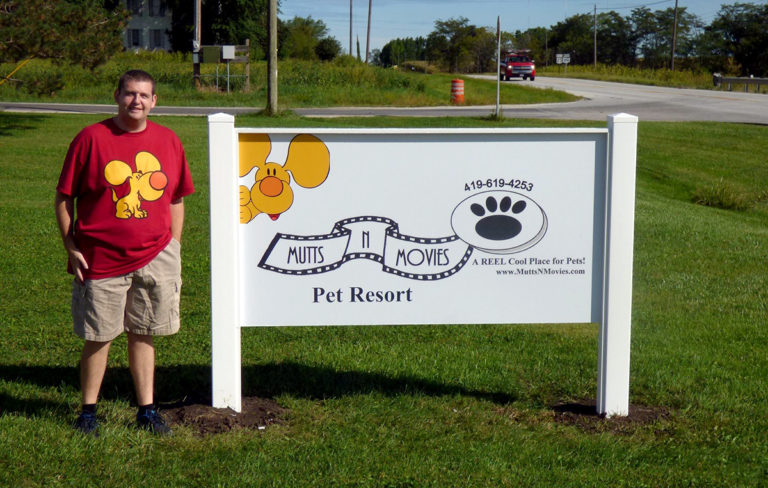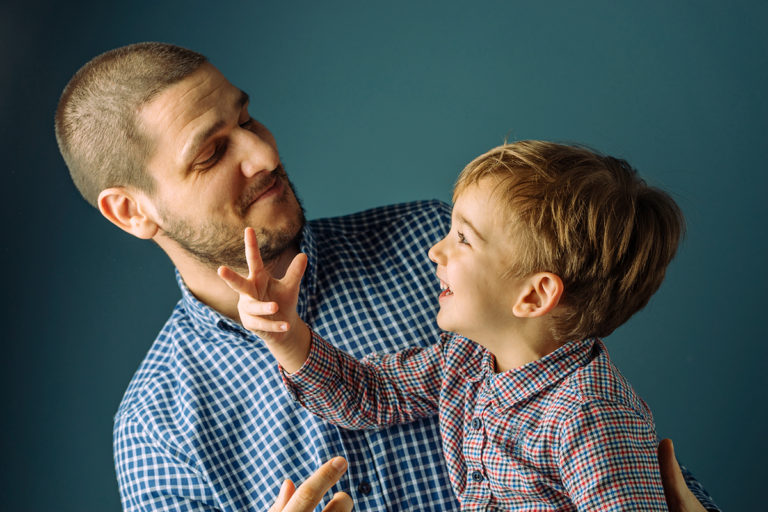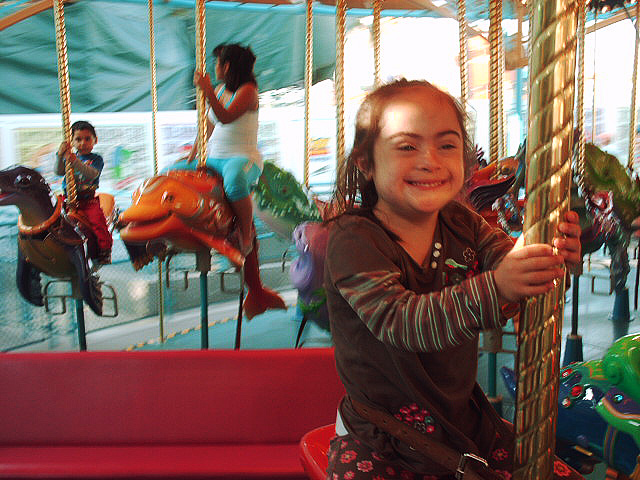The Causes of Seizures
Robert J. Doman, M.D.
There are many causes of seizures. Listed below are some of the common causes.
- Organic Brain Injury: This includes birth trauma, blood incompatibilities, premature separation of the placenta, oxygen deprivation from delayed or obstructed breathing or the umbilical cord wrapped around the child’s neck, tuberous sclerosis, vascular accidents and malformations, trauma such as fractures or edema (excessive fluid), pressure from Hydrocephalus, or tumors, etc.
- Metabolic: Deficiencies of calcium, magnesium, Vitamin B6, Hypoglycemia (low blood sugar), inborn errors of metabolism such as PKU, Maple Sugar Urine Disease, Urenia, Liver disorders, etc.
- Febrile (fever): This may not be serious the first time but if persistent may lead to non-febrile seizures. Childhood fevers require attention and treatment.
- Infections: Meningitis (bacterial or viral), Encephalitis, Herpes Simplex, Cytomegatic Inclusion Diseases, etc.
- Poisons, Toxic Reactions, Toxins: Lead, arsenic, etc.; drug overdosage, anti-convulsants, salicylates, etc.; Tetanus, Pertussis, etc.
- Idiopathic: a fancy medical term for “We don’t know!”
Conditions which may be mistaken for seizures include the following:
- A startle reflex, which is a normal twitch, jerk, or jump in response to a loud, sudden noise
- Breath holding
- Hyperventilation (breathing fast and deep)
- Shivering or urination
- Orthostatis Hypotension, which is weakness when standing suddenly after a prolonged illness, etc.
- Daydreaming or “turning you off” could resemble a Petit Mal
- Temper tantrums or hysteria.
If you are not sure if the patient is or is not having seizures a series of EEG’s is the best way to find out.
TYPES OF SEIZURES
There are many types of seizures and many different names for seizures. Below are some of the more common ones.
- Idiopathic B where the cause is unknown.
- Petit Mal B very brief (one or two seconds) lapses of attention with staring or blinking eyes following which the child resumes former activity. The EEG shows spikes and slow waves (3 per second).
- Salaam B sudden brief episodes of nodding (like the Indian greeting).
- Myoclonic B sudden jerking without loss of consciousness; common in children and young adults.
- Akinetic B sudden collapse without muscle jerking. The EEG is like Petit Mal.
- Visceral or Autonomic Seizure Equivalent. The only outward manifestation might be paleness, headache, or indigestion. Diagnosis is best made by a series of EEG’s. Every time a brain injured child has one of these symptoms it does not necessarily represent Visceral Seizures.
- Diurnal B any daytime seizures.
- Nocturnal B any nighttime seizures. Most seizures occur at night or on awakening.
- Febrile B a seizure, mild or severe, occurring with a fever; usually in children between ages of 6 months and 3 years.
- Psychomotor B a period of confusion followed by repetitive meaningless movements. The EEG often shows temporal lobe spikes. About 70% also have Grand Mal seizures.
- Grand Mal seizures B sometimes start with an Aura, a cry, or a weary feeling followed by loss of consciousness and tonic movement often on one side of the body, with possible loss of bladder or bowel control. This is followed by a clonic jerking stage, which is followed by a long period of sleep. The EEG shows sharp fast (25-30/second) spike waves.
- Jacksonian or focal B these are associated with localized pressure as the result, for example, of a depressed fracture of the skull or from a local or focal area of irritation as from scar tissue or a cyst. They generally start with jerking in one area of the body, which may spread over the entire body. Neurosurgery may be necessary to reduce the pressure of the depressed fracture.
- Hypsarhythmia B massive myoclonic seizures with an onset before one year of age with continuous high voltage slow waves and spikes.
- Status Epilepticus B a continuous state of uncontrolled seizuring. Often the result of poorly treated seizuring or sudden cessation of anticonvulsant medication. This generally requires hospital care.
- Mixed types B various combinations of the above types.
Generally each must have its own treatment.
Reprinted from the Journal of The NACD Foundation (formerly The National Academy for Child Development)





